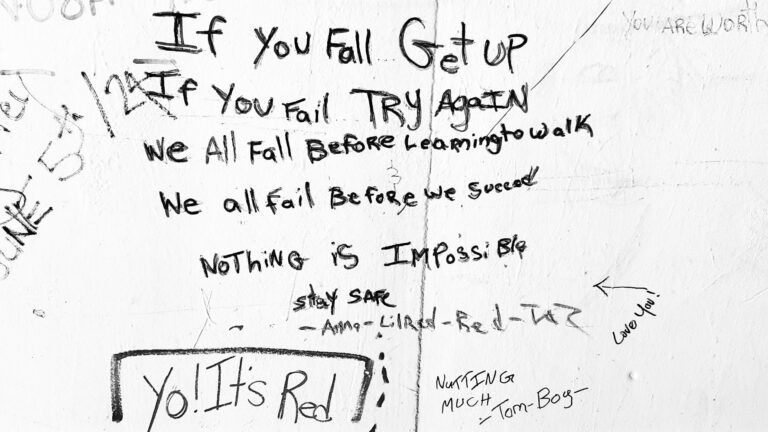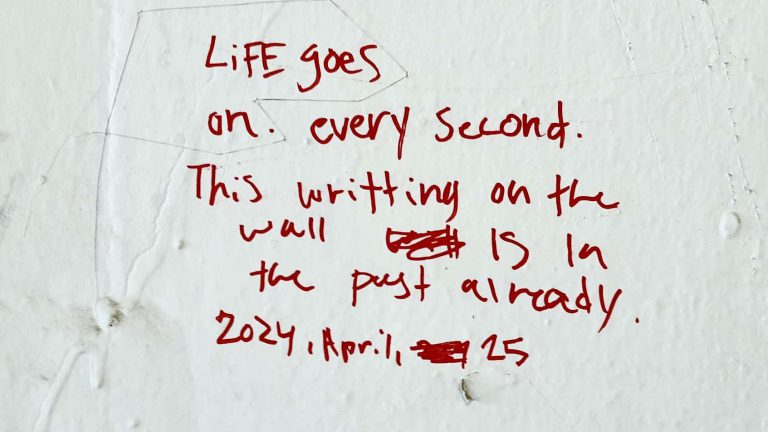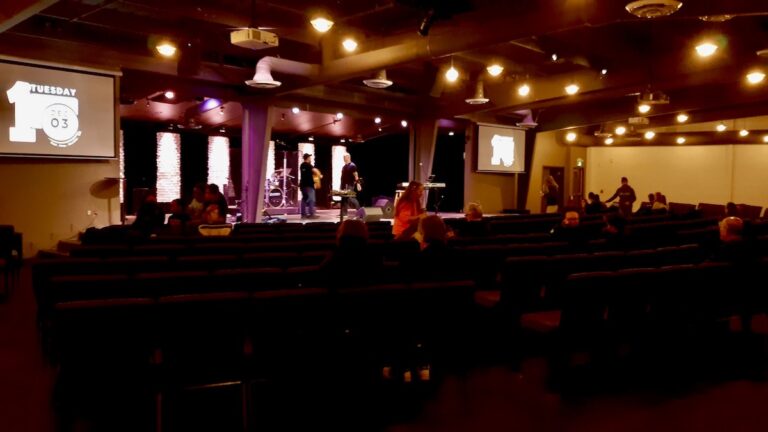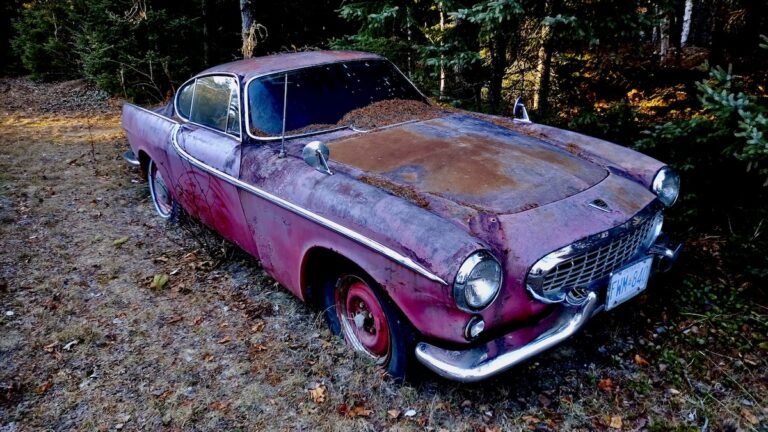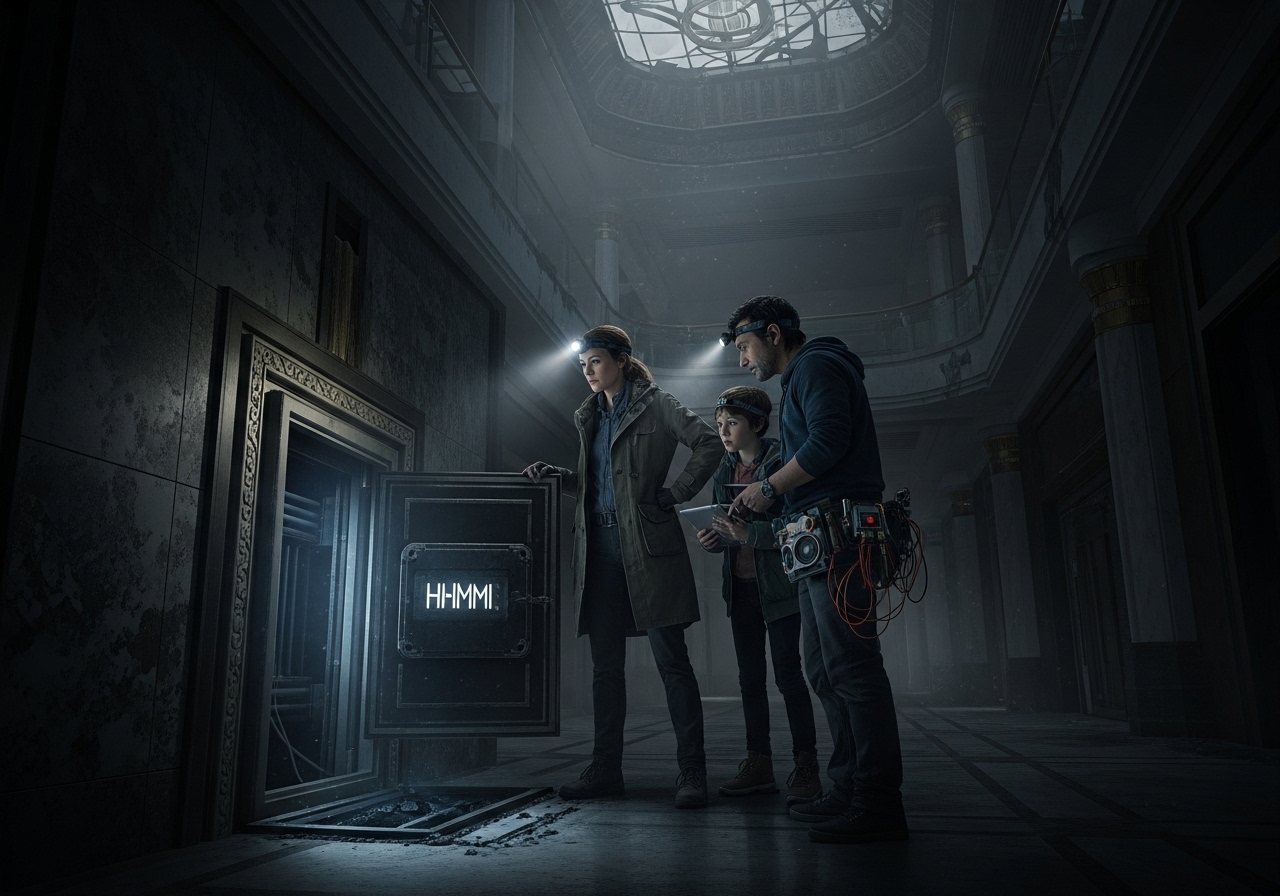
Look up.
We never grew up with bridges like this—suspended, sweeping, confident in the air. For us, bridges were logs across creeks, backroads with culverts underneath, the kind of crossings you didn’t even notice until spring came and flooded them. But this? This is something else. Looking up at Provencher, the lines stretch skyward like they’re holding up the sky itself. The cables pull tight like breath held between two worlds: downtown behind us, St. Boniface ahead. There’s something cinematic about it, something almost futuristic—but it’s rooted in this land, this moment, this walk.
When we come here, we don’t talk much. There’s a rhythm to the steps, to the way our eyes follow the lines up and up until we lose ourselves in geometry. You feel small here, but not in a bad way—more like being part of something. The bridge doesn’t just span the river; it spans memory, language, time. Somewhere on the other side, you can still hear the bells of the old cathedral and the French on café patios. Here, in this exact spot, it’s not about crossing—it’s about pausing. Looking up isn’t just an act of wonder; it’s a kind of remembering. We didn’t grow up with bridges like this, but we return to them now, because they make us believe in possibility.
Maybe that’s why we keep walking this path. The bridge never moves, but we do. Our moods shift, seasons change, yet this structure stays rooted, stretching between past and present. Looking up becomes a ritual—an offering to the sky, a way of acknowledging that some things are meant to be bigger than us. It’s modern, yes, and beautiful, but it’s also humble in the way it carries us across. The Provencher isn’t just a bridge—it’s a witness. And every time we walk it, we add our footsteps to its long, quiet memory.


